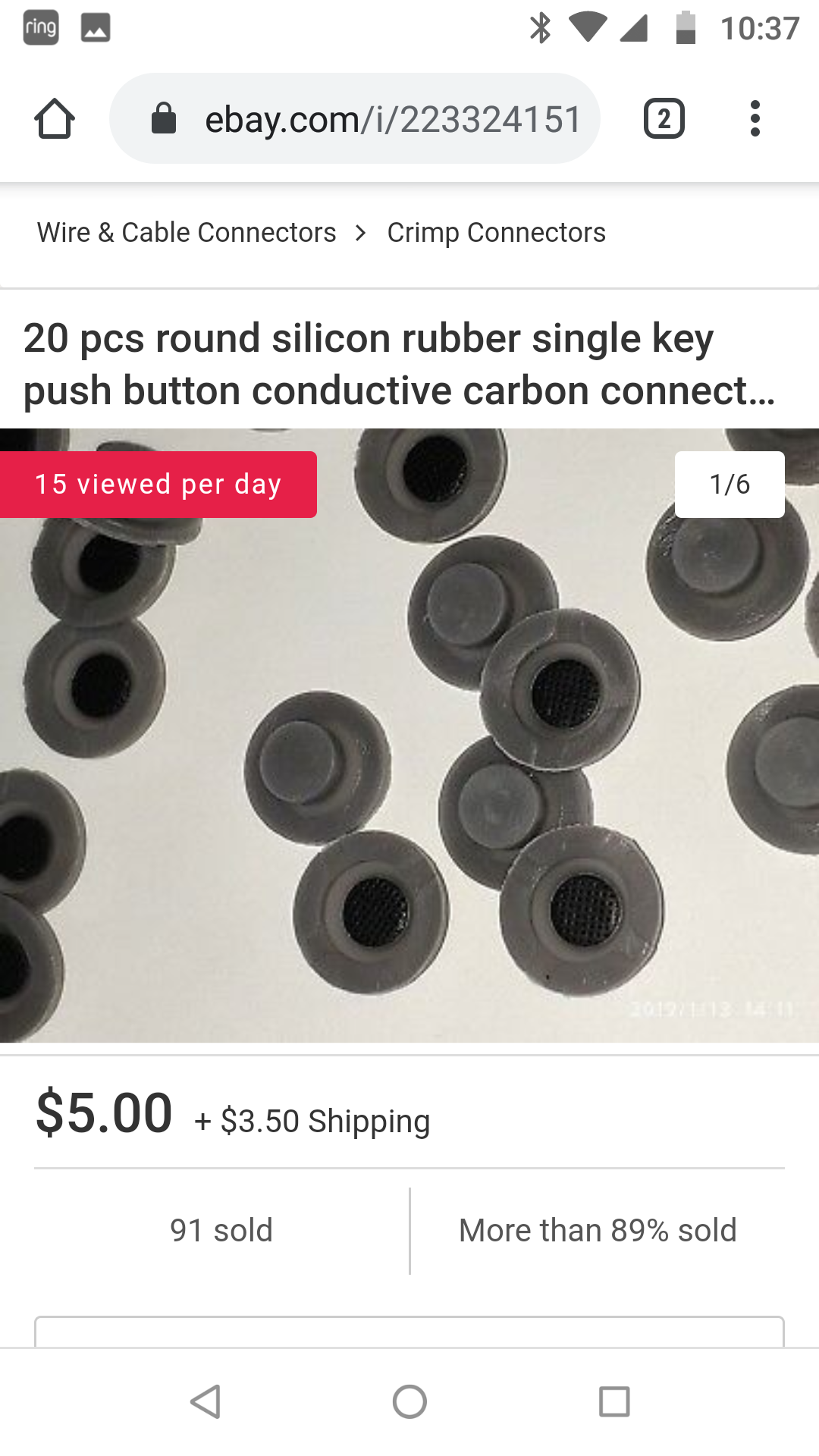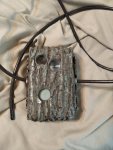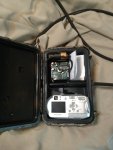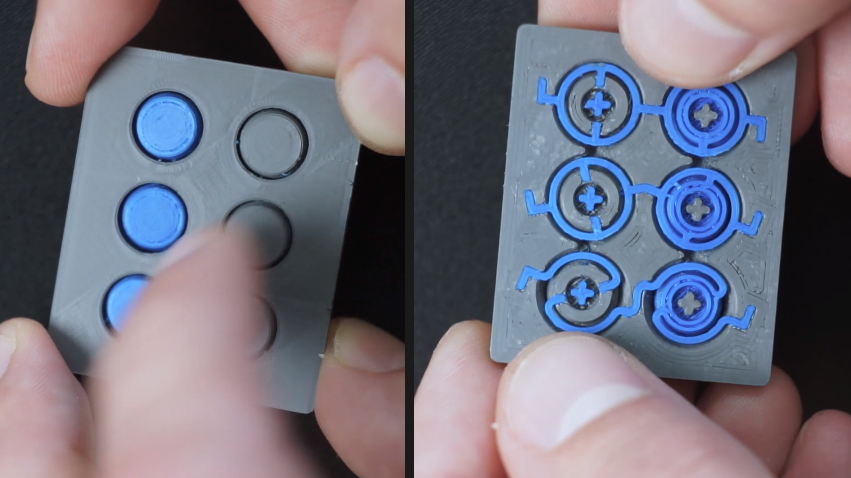Threw ribs on wsm yesterday, hot sunny day.
Came inside, was doing chores, putting dishes away.....heard what sounded like rain
Yep. Sudden shower. Raining hard. On my non- water-resistant-at-all heatermeter.
pretty much every afternoon this time of year is a good chance of that happening.
I quickly ran out and removed and dried it off.....should have opened it up and dried it but you know I was in the middle of a cook
I set up a tent canopy over the smoker and then put the heater meter back in service.
It was acting mighty strange. Display went blank. Buttons didn't work right. Connected to it wirelessly it kept turning itself to setpoint off.
so I opened it up and dried it out and got display working again but it still didn't work right.
When pushing the right button it would not display the next display. And it still kept turning the setpoint to off periodically
eventually I unplugged the thermocouple and plugged it back in and everything started working right immediately.
Now the only point of this is..... We really need a splash resistant case produced for these items. They are too expensive 2 be using the leaky printed cases.
Came inside, was doing chores, putting dishes away.....heard what sounded like rain
Yep. Sudden shower. Raining hard. On my non- water-resistant-at-all heatermeter.
pretty much every afternoon this time of year is a good chance of that happening.
I quickly ran out and removed and dried it off.....should have opened it up and dried it but you know I was in the middle of a cook
I set up a tent canopy over the smoker and then put the heater meter back in service.
It was acting mighty strange. Display went blank. Buttons didn't work right. Connected to it wirelessly it kept turning itself to setpoint off.
so I opened it up and dried it out and got display working again but it still didn't work right.
When pushing the right button it would not display the next display. And it still kept turning the setpoint to off periodically
eventually I unplugged the thermocouple and plugged it back in and everything started working right immediately.
Now the only point of this is..... We really need a splash resistant case produced for these items. They are too expensive 2 be using the leaky printed cases.





